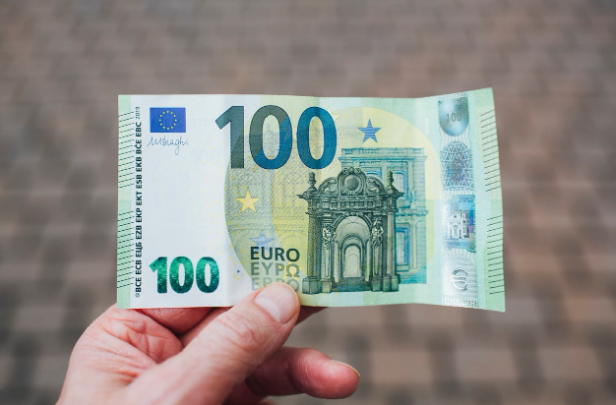Arriving in Cyprus? Here’s the Deal With the Money
The first time I traveled to Cyprus, I made a rookie mistake — I assumed the whole island used the euro and didn’t give it a second thought. Imagine my surprise when I crossed into the northern part of Nicosia and suddenly found prices listed in Turkish lira.
That experience taught me a valuable lesson: understanding the currency in Cyprus is more than a quick Google search. It’s about knowing the island’s layout, the political situation, and how those things affect your wallet.
So let’s get into the essentials — and spare you the awkward currency confusion I faced.
Two Sides, Two Currencies
Cyprus is divided into two main regions:
- The Republic of Cyprus (south) – This is the internationally recognized part of the island and a member of the European Union. The euro (€) is the official currency here.
- The Turkish Republic of Northern Cyprus (north) – This region is only recognized by Turkey and uses the Turkish lira (₺) as its official currency.
So yes, Cyprus has two currencies depending on which side of the island you’re visiting. That’s why understanding the currency in Cyprus means first knowing where you’re going.
Where You’ll Use the Euro
In the south — including popular destinations like Larnaca, Limassol, Ayia Napa, and Paphos — you’ll use euros. Prices in shops, menus in restaurants, taxi meters — everything is in euros. Credit cards work just fine in most places, and there are plenty of ATMs, even in small towns.
Tip: Some small, family-run taverns and kiosks may prefer cash, so it’s smart to always carry a little euro with you.
What to Know About the Turkish Lira in the North
In Northern Cyprus — places like Kyrenia, Famagusta, and Lefke — the Turkish lira is the local currency. However, this side of the island is more flexible with foreign money. Many tourist businesses accept euros, British pounds, and even US dollars. But remember: if you pay in euros, you’ll likely receive change in lira.
Tip: Exchange rates offered by shops or restaurants aren’t always the most favorable. You’ll get better value if you use the local currency.
How to Handle Currency Exchange in Cyprus
Here are some money-smart travel tips:
- Exchange at local banks or use ATMs instead of airport booths — the rates are usually better.
- Bring a card with low international fees, or use travel-friendly apps like Revolut or Wise.
- Avoid exchanging too much cash at once, especially for Turkish lira, which can fluctuate quickly in value.
- Always check whether prices are in euros or lira, especially near border areas where both are accepted.
Can You Cross the Border With One Currency?
Yes — but it’s not always ideal. While euros are accepted in some parts of the north, and lira can sometimes be used near the buffer zone in the south, don’t rely on this. Locals might accept the “wrong” currency, but you’ll probably get a worse rate, and it may cause confusion.
Best practice? Use euros in the south, lira in the north, and exchange small amounts as needed.
Final Word: Don’t Let Currency Confuse You
Cyprus is one of the easiest places to travel in Europe, but the dual-currency situation can throw people off. Don’t let it ruin your plans or overcomplicate your budget. Knowing what to expect — and where — can save you both time and money.
So, if you’re planning a visit soon, just remember: the currency in Cyprus depends on where you are. Pack a little extra cash, know your zones, and enjoy everything this beautiful island has to offer — from the beach bars of Protaras to the historic castles of Kyrenia https://www.northcyprusinvesting.com/. https://investra.io/


